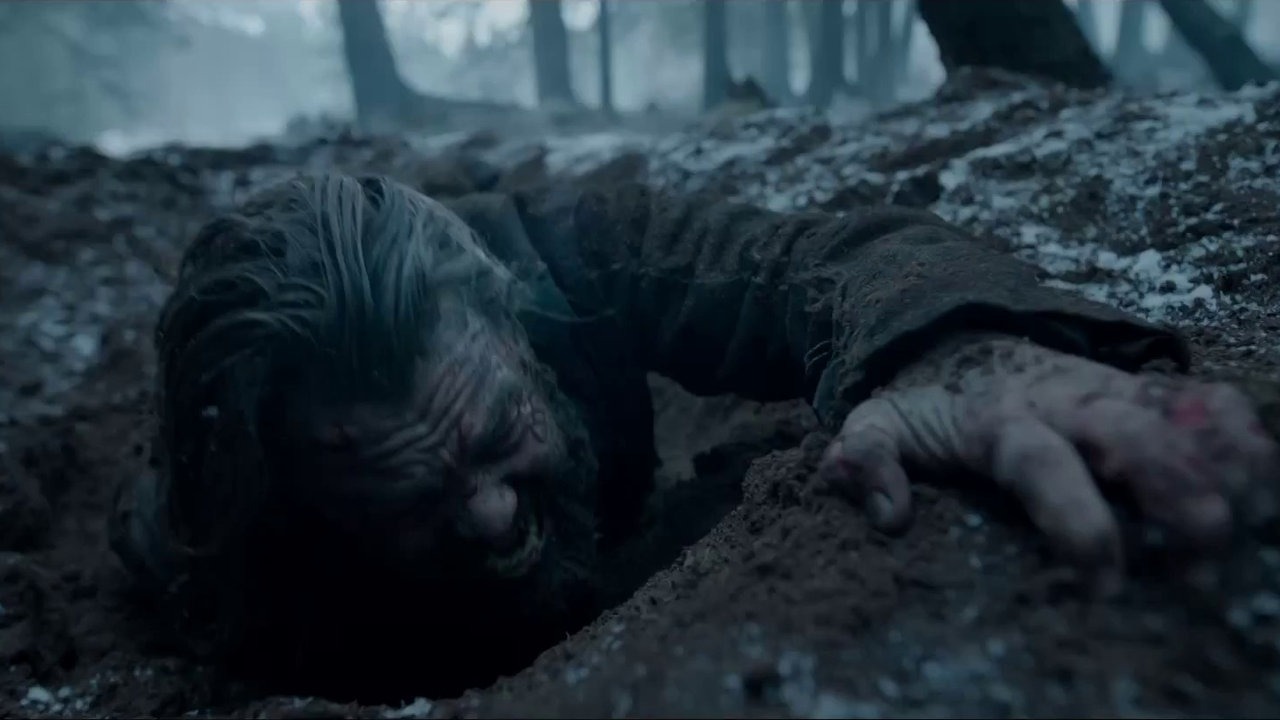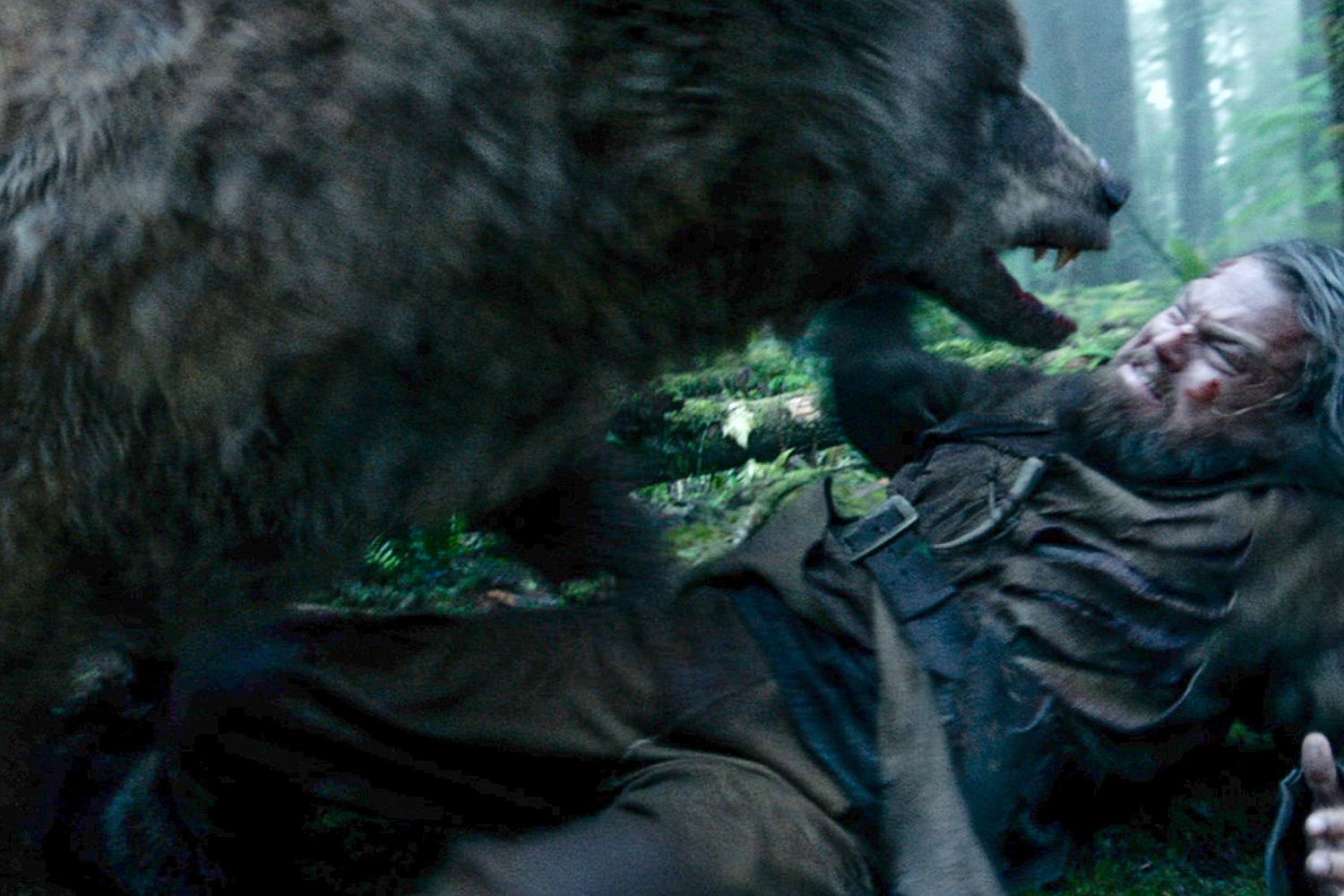Is Leonardo DiCaprio’s role in “The Revenant” different from his usual characters?
At the ripe age of 19, Leonardo DiCaprio received his first Academy Award nomination for his role as Arnie Grape, the mentally challenged younger brother of Johnny Depp’s titular character in What’s Eating Gilbert Grape (1993). In the years since he has been nominated for acting roles on four other occasions, for characters like Howard Hughes in The Aviator (2004) and Jordan Belfort in The Wolf of Wall Street (2013), and stands in memory for un-nominated but equally memorable roles such as Calvin Candie in Django Unchained (2012), Billy in The Departed (2006) and, of course, Jack Dawson in Titanic (1997).
These films run the gamut of style, story and tone, but one commonality is shared among most of DiCaprio’s roles: plenty of dialogue.
Starkly contrasting that pattern is 2015’s The Revenant, for which DiCaprio finally took home the Oscar for Best Actor by entering the survive-by-yourself territory of Tom Hanks in Cast Away (2000). Through the tale of real-world frontiersman Hugh Glass battling for survival after being mauled by a bear and left for dead by his crew, much of DiCaprio’s screen time is spent alone, not talking, letting us know he is enduring endless pain of both the physical and emotional varieties. “It was a different type of challenge for me,” DiCaprio told Grantland, “because I’ve played a lot of very vocal characters. It’s something that I really wanted to investigate — playing a character that says almost nothing. How do you relay an emotional journey and get in tune with this man’s angst … without words?”

Leonardo DiCaprio in The Revenant (2015)
As far as The Revenant director Alejandro G. Iñárritu is concerned, the demands he put upon DiCaprio for the picture speak to the artform’s core spirit of “show, don’t tell.” He told Grantland, “Honestly, Leo, he’s attacked by a bear, and after that, he becomes almost like a silent character: a lot of things going on, but no words. That’s for me the essence of cinema: not to rely on the words, but images and emotions.”
If light on dialogue, The Revenant was heavy on physical demands. While the cold water tanks of Titanic’s CGI-boosted setpieces may have given the actor chilly legs and wet trousers, The Revenant required DiCaprio to be pulled around by an apparatus simulating a bear attack, spend months in the snow and cold, wear a fur that weighed 120 pounds when wet and sit through hours of daily makeup. Shooting was all on-location and relying on natural light, so when things look terrible on-screen, it was authentically that terrible. DiCaprio’s performance emotes pain throughout, surely because some level of it was authentic. The minority voice from critics feels that the film overplays this drama and that DiCaprio puts an unnecessary amount of physical anguish into every scene, but that pain is what The Revenant is about.

Leonardo DiCaprio in The Revenant (2015)
Despite being an acclaimed figure in the business for almost three decades, DiCaprio felt his silent performance in The Revenant taught him something about the craft. He told Variety, “I think I learned a lot about being an actor on this movie. It has a lot to do with trust. Trusting the people you’re working with, giving yourself over to a unique process, and trusting that if the people you’re working with are committed like Alejandro, you can focus on being in the moment and rely on your instincts and trust the journey.”
One thing is for sure: Glass’ entire number of lines in The Revenant could have been spoken by Jordan Belfort in seconds.

